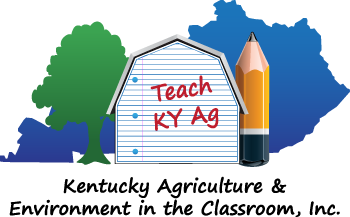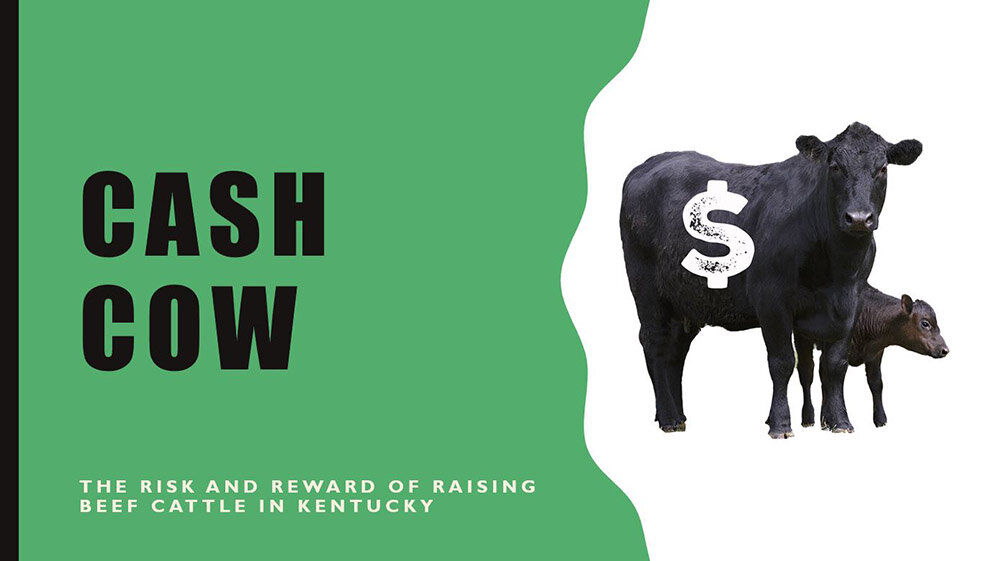Cash Cow: Life in the Cattle Business
Cash Cow takes students on a journey of caring for a herd of beef cattle in hopes they will maximize their profits at the end of the game.
Sponsors
Grade Level: 3-8 and High School Enrichment
Estimated Time: 45 to 60 minutes
Purpose
Students will:
Learn the risk and opportunities in owning a beef cattle farm(a business).
Learn the needs of beef cattle.
Learn how weather and climate affect available resources and organisms in an ecosystem.
Use addition, subtraction, and multiplication to calculate income.
Materials
Station signs (10) - See link below
Budget Sheets (1 per student) - See link below
Dice (10)
Digital Presentation with Station Signs (PDF) - Google Classroom Version - NOTE: To manipulate the Google Drive file, you must save a copy to your Google Drive/Classroom.
Before You Begin
Have a conversation with students about being a beef cattle farmer. Tell them the things you need to have and know to conduct your business. Talk about the risks of having a beef cattle farm, such as weather, disease, pests, markets, etc. You can give specific examples.
Explain to students that they will get to have their own Cow/Calf beef farm, where they will care for 100 cows in hopes of selling their calves when they are weaned. Many things can happen on the farm, however, that will affect how much money they will make a sale time. Students will move to different stations around the room and roll a dice to learn their farming fate. Each student will also start with $10,000 in cash to help with any expenses.
Rules of Play
Place the 10 station signs around the room, evenly spaced. You may tape them to the wall, or place them at different tables/desks.
Provide each student a budget sheet and a pencil.
Place 2 to 3 students at each station. This is their first station.
Each child will take a turn at rolling the dice and following the instruction for the number they roll. They will be asked to add or subtract from the COWS/CALVES column or the CASH column.
Give them 3 minutes at each station. They should calculate their total in the boxes with an “=” before moving to the next station. You may speed up the time as they catch on.
Walk around the room and help if a student has a question. Grade 3/4 students may need to be reminded to keep their numbers aligned the correct place values.
Move the groups around the room clockwise. The game ends when students have visited all 10 stations.
When they are finished, they should multiply their COWS/CALVES column by $100 (profit per calf), which represents their SALES. You may need to help Grade 3/4 students.
They will then add their SALES to their CASH column. The highest GRAND TOTAL WINS.
Agriculture students may be provided a feeder calf price per head based on current market prices per pound (550 lb. avg.). They must then subtract $585 in costs, which represents the average expense per cow. (Estimated Returns to Fall Calving Cow-Calf Operation: Spring 2018, Kenny Burdine And Greg Halich, University Of Kentucky)
Assessment
Ask the students the following questions:
What are some things that caused a decrease in cow numbers? Disease, predators, selling cows, natural disasters. Which of those things can farmers control?
What was the only thing that increased your calf numbers? Twins...or buying more cows. You have to pay for more cows, however.
What things caused increases in cash?
What things caused cash losses?
What do you think about cattle farming?
KyAEC modified a lesson of the same name from Maryland teacher Kate Tummino to focus on beef cattle production in Kentucky.



